Are you considering getting an Alaskan Husky as a pet? If so, you’re in for a treat! These intelligent and energetic dogs are known for their love of adventure and their strong work ethic. Originally bred as sled dogs, Alaskan Huskies are now popular as family pets due to their affectionate nature and loyal personalities. However, before making the decision to bring an Alaskan Husky into your home, it’s important to understand their unique needs and characteristics. In this article, we’ll explore what makes Alaskan Huskies such a special breed and what you should consider before bringing one home.
Breed Category: Working
Country of Origin: United States
Average Size:56-66 cm
Average Weight:16-27 kg
Average Life Span: 10-15 years
Grooming Requirements: Moderate
Exercise Requirements:High
History and Origin
The Alaskan Husky is a breed of dog that is known for its strength, endurance, and intelligence. This breed is a result of crossbreeding between various dog breeds, including the Siberian Husky, the Malamute, and the Greyhound. The Alaskan Husky was originally bred for sled racing and transportation in the harsh Alaskan terrain.
The history of the Alaskan Husky dates back to the early 1900s when gold was discovered in Alaska. The gold rush brought many people to Alaska, and with them came their dogs. The native Alaskan dogs were not suitable for the harsh conditions of the gold rush, and so the newcomers began to crossbreed their dogs with the native Alaskan dogs. This led to the development of the Alaskan Husky, which was specifically bred for sled racing and transportation.
The Alaskan Husky is not recognized as a breed by the American Kennel Club (AKC) or the United Kennel Club (UKC). This is because the Alaskan Husky is not a purebred dog, but rather a mix of various breeds. The Alaskan Husky is recognized by the International Federation of Sleddog Sports (IFSS) and the International Sled Dog Racing Association (ISDRA).
The Alaskan Husky is a highly adaptable breed that can thrive in a variety of environments. They are known for their endurance and can run for long distances without getting tired. They are also highly intelligent and can be trained to perform a variety of tasks. The Alaskan Husky is a friendly and loyal breed that makes an excellent family pet.
The Alaskan Husky is a breed that is still evolving. Breeders are constantly experimenting with different crossbreeds to create a dog that is faster, stronger, and more adaptable to different environments. The Alaskan Husky is a breed that is deeply rooted in the history and culture of Alaska, and it continues to play an important role in the lives of many Alaskans today.
In conclusion, the Alaskan Husky is a breed of dog that is the result of crossbreeding between various dog breeds. It was originally bred for sled racing and transportation in the harsh Alaskan terrain. The Alaskan Husky is not recognized as a breed by the AKC or the UKC, but it is recognized by the IFSS and
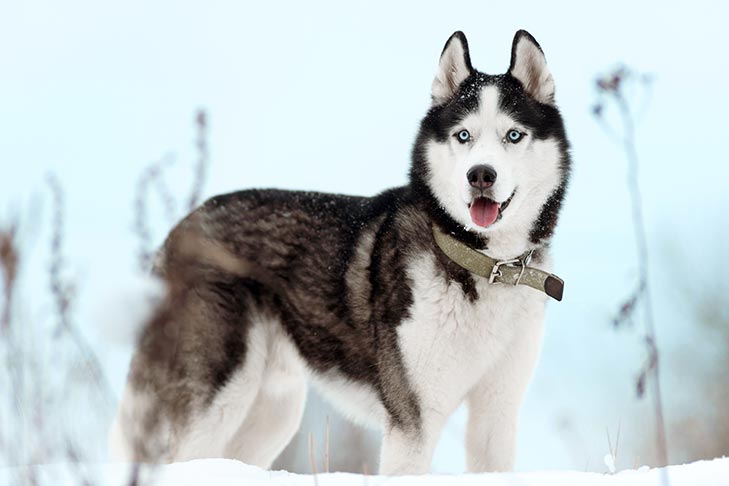
Size and Breed Category
The Alaskan Husky is a medium to large-sized dog breed that is known for its incredible endurance and strength. These dogs are typically between 20 and 25 inches tall at the shoulder and can weigh anywhere from 35 to 60 pounds. They have a lean, muscular build that allows them to run for long distances without tiring easily. Alaskan Huskies have a thick, double coat that helps to keep them warm in cold weather. Their coat can come in a variety of colors, including black, white, gray, and brown. These dogs are highly intelligent and have a strong work ethic, making them excellent sled dogs and companions for those who enjoy outdoor activities.
The Alaskan Husky is not a recognized breed by the American Kennel Club, as it is not a purebred dog. Instead, it is a type of dog that has been bred specifically for its working ability. Alaskan Huskies are a mix of various breeds, including Siberian Huskies, Greyhounds, and German Shorthaired Pointers. This mix of breeds has resulted in a dog that is highly adaptable and can thrive in a variety of environments. Alaskan Huskies are known for their friendly and outgoing personalities, making them great family pets. They are also highly trainable and can excel in a variety of dog sports, including agility and obedience competitions.
Fur Length and Colour
The fur of the Alaskan Husky is typically medium to long in length, providing ample protection against the harsh Alaskan climate. The fur is dense and soft, with a thick undercoat that helps to insulate the dog’s body. The outer coat is made up of longer, coarser hairs that provide additional protection against wind and snow. The fur can come in a variety of colours, including black, white, grey, and brown. Some Alaskan Huskies may have a combination of these colours, with a distinctive pattern or markings on their fur. The fur is an important feature of the Alaskan Husky, allowing them to thrive in cold and snowy environments.
The colour of the Alaskan Husky’s fur can vary widely, depending on the individual dog’s genetics. Some dogs may have a solid colour, while others may have a mix of colours or distinctive markings. The most common colours for Alaskan Huskies are black and white, with some dogs having a grey or brownish tint to their fur. The fur may also have a glossy sheen, which is a sign of good health and proper nutrition. Overall, the fur of the Alaskan Husky is an important feature that helps to protect the dog from the elements and keep them warm in cold weather.

Temperament and Trainability
Alaskan Huskies are known for their high energy and independent nature. They are bred for their endurance and speed, making them excellent sled dogs. Their temperament is typically friendly and affectionate towards their owners, but they can be reserved or aloof with strangers. They are also known for their strong prey drive, which can make them difficult to train off-leash. However, with proper socialization and training, they can be well-behaved and obedient companions. Alaskan Huskies require a lot of exercise and mental stimulation to prevent destructive behavior, and they thrive in homes with active owners who can provide them with plenty of opportunities to run and play.
Trainability can vary among individual Alaskan Huskies, but they are generally intelligent and eager to please their owners. They respond well to positive reinforcement training methods, such as clicker training and reward-based training. However, they can be stubborn and independent, which can make them challenging to train for novice dog owners. Consistency and patience are key when training an Alaskan Husky, as they can become bored or distracted easily. They also require early socialization to prevent shyness or aggression towards other dogs and people. Overall, Alaskan Huskies are highly trainable dogs that excel in activities such as obedience, agility, and of course, sled racing.

Known Health Conditions
Alaskan Huskies are known to be prone to certain health conditions. One of the most common issues is hip dysplasia, which is a genetic condition that affects the hip joint. This can cause pain, stiffness, and difficulty walking. Another condition that Alaskan Huskies may develop is cataracts, which can lead to vision loss. Additionally, they may be at risk for hypothyroidism, a condition in which the thyroid gland does not produce enough hormones. This can cause weight gain, lethargy, and skin problems. It is important for owners to be aware of these potential health concerns and to provide their Alaskan Huskies with regular veterinary care to monitor and manage any issues that may arise.
Another health condition that Alaskan Huskies may experience is gastric torsion, also known as bloat. This is a serious condition in which the stomach fills with gas and twists, cutting off blood flow to the organs. Symptoms include restlessness, drooling, and a distended abdomen. If left untreated, bloat can be fatal. Alaskan Huskies may also be prone to allergies, which can cause skin irritation, itching, and ear infections. Finally, they may be at risk for certain types of cancer, such as lymphoma. Regular check-ups and preventative care can help to catch and treat these conditions early, improving the overall health and well-being of the Alaskan Husky.
Openness to Strangers
Alaskan Huskies are known for their friendly and sociable nature towards strangers. They are a breed that is naturally curious and loves to explore their surroundings. When meeting new people, they are often eager to greet them with a wagging tail and a friendly lick. Their open and welcoming attitude towards strangers makes them great companions for those who enjoy meeting new people and making new friends. Alaskan Huskies are also known for their intelligence and adaptability, which allows them to quickly adjust to new environments and situations. This makes them great travel companions for those who enjoy exploring new places and meeting new people.
Despite their friendly nature, Alaskan Huskies can be cautious around strangers if they sense any potential danger. They are protective of their owners and will not hesitate to bark or growl if they feel threatened. However, once they have been introduced to someone and have determined that they are not a threat, they will quickly warm up to them and become their new best friend. Alaskan Huskies are also known for their loyalty and affection towards their owners, which makes them great family pets. They thrive on human companionship and love nothing more than spending time with their owners, whether it’s going for a walk or just cuddling up on the couch.
Playfulness Level
The Alaskan Husky is a highly energetic and playful breed of dog. They are known for their love of play and their ability to keep their owners entertained for hours on end. Whether it’s playing fetch, running around in the park, or simply chasing their tails, these dogs are always up for a good time. They are also very social animals and love to interact with their owners and other dogs. This makes them a great choice for families with children or other pets.
Despite their playful nature, Alaskan Huskies are also very intelligent and require a lot of mental stimulation. They enjoy learning new tricks and commands, and are always eager to please their owners. This makes them a great choice for people who are looking for a dog that is both fun and challenging to train. However, it’s important to remember that these dogs require a lot of exercise and attention, so they may not be the best choice for people who have busy lifestyles or who are unable to provide them with the care and attention they need.
Suitability as a Pet for Children
Alaskan Huskies are highly energetic and active dogs that require a lot of exercise and mental stimulation. They are known for their endurance and love of running, making them great companions for children who enjoy outdoor activities such as hiking, biking, and running. Alaskan Huskies are also very social and affectionate, making them great family pets. However, they can be quite independent and stubborn, so they require a firm and consistent hand in training. Overall, Alaskan Huskies can make great pets for children who are active and enjoy spending time outdoors.

Exercise Needs
Alaskan Huskies require a significant amount of exercise to maintain their physical and mental health. As a highly active breed, they need at least 2 hours of exercise per day, which should include both physical and mental stimulation. This can be achieved through activities such as running, hiking, and playing games like fetch or tug-of-war. It is important to note that Alaskan Huskies have a strong prey drive, so they should always be kept on a leash or in a secure, fenced area when outside. Additionally, they thrive in colder temperatures, so owners should ensure they are properly acclimated to warmer climates before engaging in strenuous exercise.
In addition to physical exercise, Alaskan Huskies also require mental stimulation to prevent boredom and destructive behavior. This can be achieved through activities such as obedience training, agility courses, and puzzle toys. As a highly intelligent breed, they enjoy learning new skills and tasks, and thrive on positive reinforcement training methods. It is important to note that Alaskan Huskies are social animals and require regular interaction with their owners and other dogs to prevent loneliness and separation anxiety. Overall, providing adequate exercise and mental stimulation is essential for the health and happiness of Alaskan Huskies.
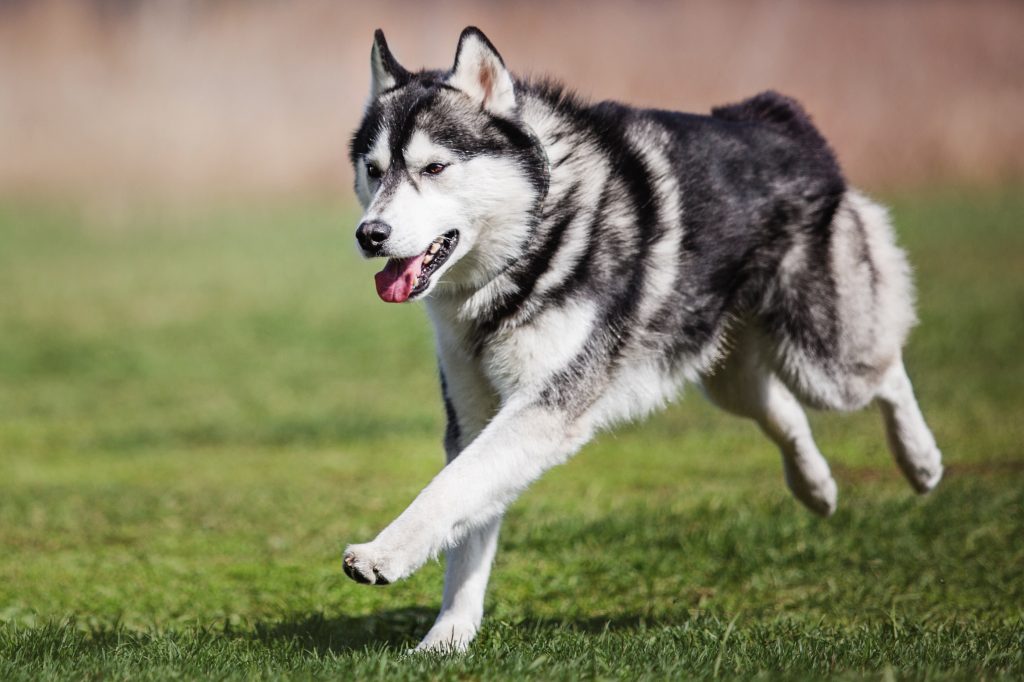
Suitability for a Multi-Pet Family
Alaskan Huskies have a reputation for being friendly towards other pets. They are known to be social animals and enjoy the company of other dogs and even cats. However, it is important to note that each dog has its own personality and temperament, so it is always best to introduce them to other pets slowly and under supervision. Additionally, proper training and socialization from a young age can also play a significant role in how well an Alaskan Husky gets along with other pets.
Housing Requirements
Alaskan Huskies require a spacious and comfortable living environment that can accommodate their active lifestyle. They need a shelter that is well-insulated and can protect them from extreme weather conditions. The shelter should be large enough to allow them to move around freely and stretch their legs. It should also have a raised platform to keep them off the ground and prevent them from getting wet. Additionally, the shelter should have proper ventilation to ensure that the air inside is fresh and clean. Alaskan Huskies are known for their thick fur coats, so it is important that the shelter is not too warm, as this can cause them to overheat.
In addition to a suitable shelter, Alaskan Huskies require a secure and spacious outdoor area where they can exercise and play. The area should be fenced to prevent them from wandering off and getting lost. It should also be large enough to allow them to run and play freely. Alaskan Huskies are highly active dogs and require plenty of exercise to stay healthy and happy. They enjoy activities such as running, hiking, and playing fetch. Therefore, the outdoor area should have enough space to accommodate these activities. It is also important to provide them with plenty of fresh water and shade to keep them cool and hydrated during hot weather.
Summary
Alaskan Huskies have been bred for their working ability and are commonly used for sled racing. They require a lot of exercise and mental stimulation, making them unsuitable for many households. They are also known to have a strong prey drive and may not be suitable for homes with small pets. However, for experienced dog owners who are willing to provide the necessary exercise and training, an Alaskan Husky can make a loyal and affectionate companion.
Alaskan Husky Dog FAQS
Alaskan Huskies can be stubborn and independent, making them more difficult to train than some other breeds. Consistent training and positive reinforcement are key.
No, Alaskan Huskies are not recommended for apartment living as they require a lot of space and exercise.
Alaskan Huskies can be great with children if socialized properly and trained from a young age.
Alaskan Huskies are generally healthy dogs, but can be prone to hip dysplasia and eye problems.
Yes, Alaskan Huskies shed a lot and require regular grooming to manage their thick coat.
The average lifespan of an Alaskan Husky is between 10-15 years.
The cost of owning an Alaskan Husky can vary, but expect to spend around $1000-$2000 per year on food, grooming, and veterinary care.
Alaskan Huskies are highly active dogs and require at least 2 hours of exercise per day.
Alaskan Huskies should be fed twice a day with a high-quality dog food.
The average weight of an Alaskan Husky is between 20-30 kg.

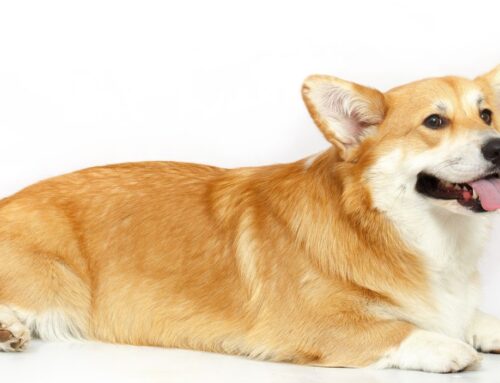

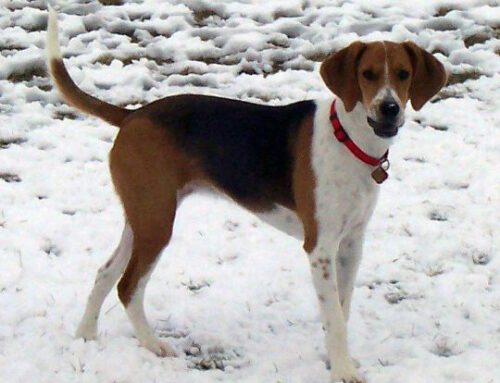
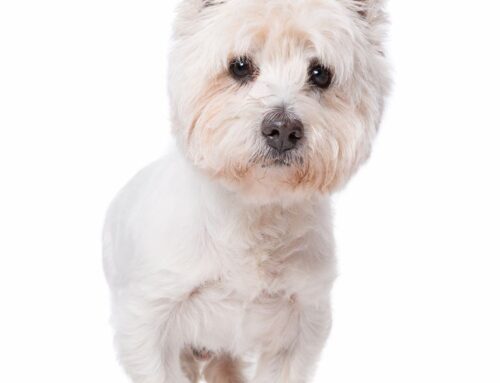

Leave A Comment